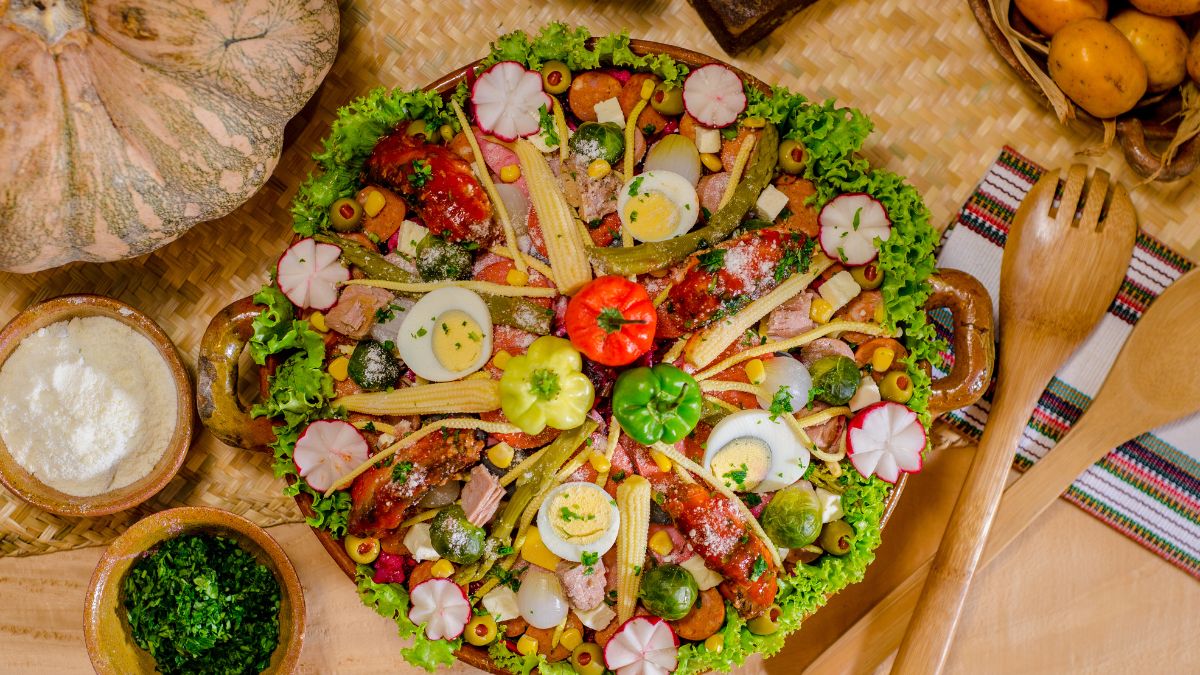Introduction: Guatemalan Feast on All Saints Day
All Saints Day is celebrated in Guatemala in a way that is unique among the world’s countries. This annual celebration is a fascinating example of how ancient Mayan rituals and Catholicism have blended through time. Explore the rich traditions, delicious foods, and one-of-a-kind approach to remembering the dead that characterize the Guatemalan Feast on All Saints Day.
The Origins of All Saints Day in Guatemala
A Blend of Mayan and Catholic Traditions
In Guatemala, the traditional Mayan customs of All Saints Day coexist with the Catholicism brought by Spanish invaders. Although it shares a date with a Catholic feast, November 1, its origins in Guatemala go back considerably further in time.
The Customs and Rituals
Preparations for the Day
In Guatemala, weeks are spent in advance getting ready for the All Saints Day Feast. Members of a community gather at a cemetery to tend to the graves of family members who have passed away. The native name for marigolds is “cempaschil,” and they are frequently used in intricate bouquets.
Kites Soaring Hig
The flying of enormous kites is a hallmark of this festival. These kites, which are constructed from bamboo and colored paper, have intricate designs and incredible flight distances. Every kite is supposed to help a lost soul find its way back to Earth for the day.
Food Offerings
Traditional foods from Guatemala are cooked and shared among guests. Picnics visiting loved ones’ graves are a common tradition at cemeteries, with families bringing food to share. Salads like “fiambre,” which features a wide variety of vegetables, and “kaq’ik,” a spicy turkey stew, are two of the delicacies that you really must taste.
The Day of the Dead Procession
A Moving Tribute
with Guatemala, the celebration of All Saints Day culminates with a lengthy parade through the streets of the cities and villages. Festive traditional garb is worn, and candles, incense, and icons of saints are carried. This religious ceremony, while serious, is also a time of great delight.
The Symbolism of the Marigolds
A Profound Connection
Marigolds are more than just a pretty flower in Guatemala; they have significant cultural meaning. Their bright hue is thought to symbolize the sun, which leads the departed on their journey. The powerful aroma of marigolds is another reason they are revered; it is said that it guides lost spirits home.
Conclusion
Guatemalan Feast on All Saints Day, A fascinating synthesis of pagan rituals and Catholicism. It is a day when the living make contact with the spirits of the dead, and hence a celebration of both life and death. This celebration showcases the vibrant diversity of Guatemalan culture via its array of kites, delectable cuisine, and moving processions.
FAQs
Is the Guatemalan Feast on All Saints Day only celebrated in Guatemala?
Although the festival is not unique to Guatemala, and variants may be found in other Latin American nations, the intriguing aspect of the Guatemalan version is the fascinating combination of customs that characterizes it.
How can I participate in the All Saints Day procession in Guatemala?
Tourists are free to watch or even participate in the parade, but they must be polite and adhere to local traditions.
What is the significance of the kites in the celebration?
The deceased are said to be able to return to Earth with the help of the kites and spend the day with their loved ones.
Are there any specific dress code requirements for the procession?
While there is no hard and fast rule on what visitors should wear, showing respect by dressing modestly and, if feasible, in traditional Guatemalan garb is encouraged.
What other cultural festivals are celebrated in Guatemala?
Celebrations of Independence Day and the vibrant Carnival of Barranquilla are just two of many annual cultural events held in Guatemala.









